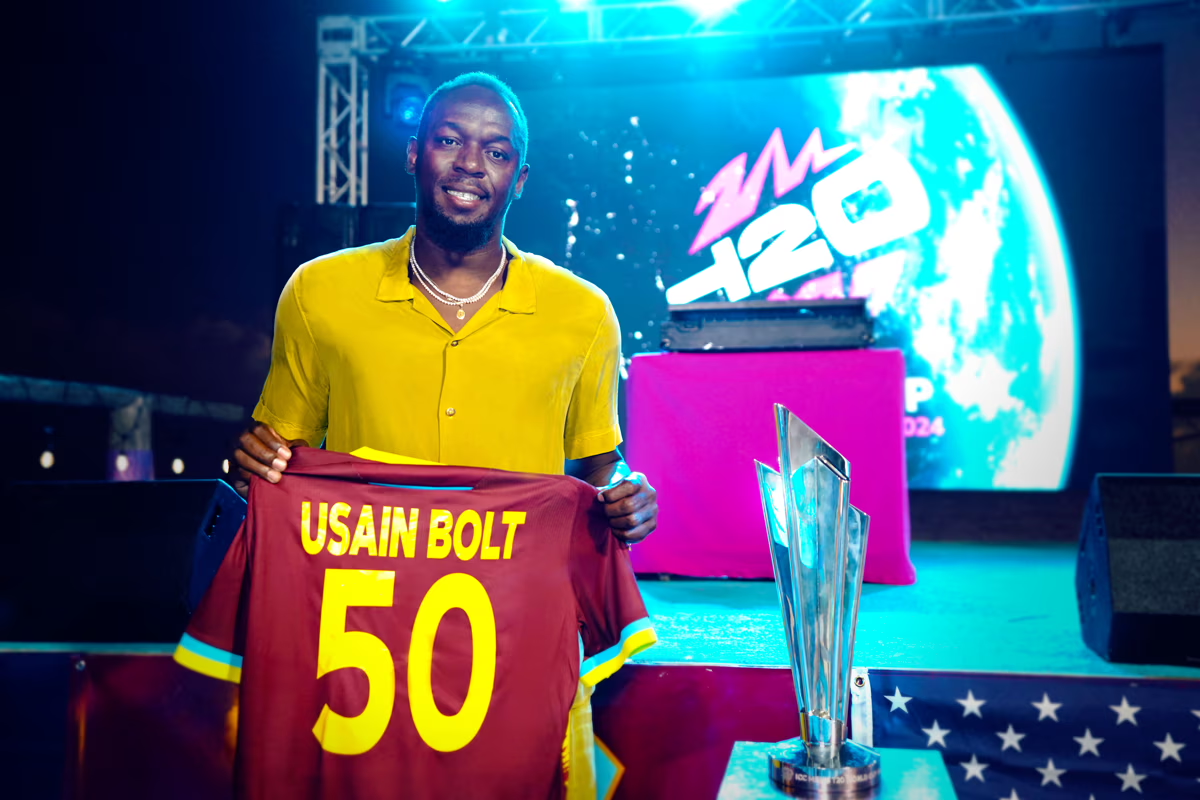In 1970, Guyana became a Republic, cutting all ties with Britain and replacing the representative of the Queen, the Governor-General, with our own President. After independence, a spontaneous celebration of Independence had been inaugurated in Linden and named Independence Carnival, with an Independence Queen, in imitation of the Trinidadian Carnival.
 According to its PR representative, in light of the decolonisation thrust of the PNC government with republicanism in sight by 1969, after much consultation, the name was changed to “Mashramani”. It was of Arawak origin and meant, “Celebration after a hard day’s work”.
According to its PR representative, in light of the decolonisation thrust of the PNC government with republicanism in sight by 1969, after much consultation, the name was changed to “Mashramani”. It was of Arawak origin and meant, “Celebration after a hard day’s work”.
At the attainment of Republican status, the event was shifted to February 23, to commemorate “Republic Day” and all the events were supposed to be “indigenised” to reflect the new status of the country. For instance, the centrepiece event, the crowning of the “Independence Queen” was discontinued and new musical forms were introduced which combined the major extant ethnic strains.
Two years later, the Central Government appropriated the concept and brought Mashramani to Georgetown, with the Ministry of Culture coordinating the celebration. While Mash inevitably fell on hard times along with the rest of the economy during the 1980’s, under the PPP after 1994, it received full governmental support once again and made a valiant effort to broaden participation to include all ethnic groups.
Unfortunately, somewhere along the way, the organisers forgot the “decolonisation” plot and especially under the PPP regime, notwithstanding some strong rhetoric about “we culture”, Mashramani became a rather pale imitation of the Trinidad Carnival. Last year, the Mashramani float parade was cancelled in the effort to make the Jubilee Independence Anniversary as successful as possible by focusing all possible resources on that event. A special stadium was constructed at Durban park and the floats moved from a Stabroek Market Square, cleansed of its vendors, to the Jubilee Park.
This year, Mashramani returned to the national stage, but it fell very short of expectations and the President had to concede that most of the twenty floats were sponsored by the government. While there have been several explanations proffered for the lack of business and private participation, it presents an opportunity for the government to return to first principles on creating a national platform to commemorate Republic Day.
For instance, President Granger also said that the Mash was a “celebration of Guyanese identity”, but this would be disputed by any impartial observer of Thursday events. While the colour of the floats emphasised a “green Guyana”, presumably referring to the signifier of a fossil-free economy and not to the colour of the dominant member of the governing coalition, the ethos as expressed by the participants was just as it was in the beginning – a blatant imitation of the bacchanalian Trinidad carnival.
There should be a national discourse launched immediately to define the parameters of indigenous commemoration of Republic Day, just as there was back in 1969. We should not be confined to the carnivalesque theme. Forty-seven years after we attained Republican status, few would contest the assertion that we have fallen way short of the expectations engendered back in 1970. Maybe we need to define what exactly is the “hard work” performed in the preceding year that demands the celebration, comes February 23.
Thus at the beginning of the year, we can take stock of where were are, in reference to our stated goals, and the events of the following Feb 23 can be used to get us back on track.























